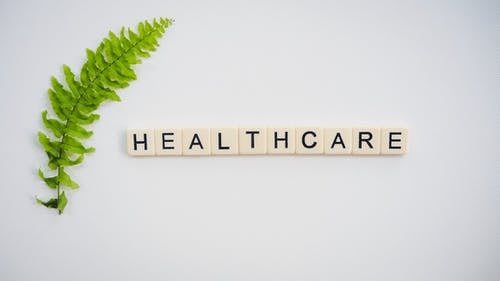The Center for American Progress insists broader Medicaid coverages means less debt and more lives saved.
Although the government assistance program, Medicaid, has been around since 1965, it was widely expanded under the Affordable Care Act (ACA) with increased eligibility for low-income individuals. In 2012, however, the Supreme Court ruled that the program’s expansion was “unduly coercive” and left it up to states to decide how to move forward. More than 75 million people are covered, but there are currently a dozen states that have chosen not to adopt Medicaid. Many believe that if that number decreased and the Medicaid coverage was more widespread, this would have a significantly positive impact on public health overall. In fact, it would save more lives.
“All U.S. states adopting Medicaid coverage expansion would save an estimated 7,000 lives each year, shave off $2 billion of medical debt in collection, and lead to 48,640 fewer evictions on an annual basis,” according to a new report from the Center for American Progress (CAP). This makes the decision of whether to adopt Medicaid much more than just money based.

“Health insurance is about far more than just coverage,” Emily Gee, co-author of the report and senior economist for health policy at CAP, added. “It can improve so many facets of people’s well-being, whether that’s health-related or financial, or even just peace of mind. My goal was to quantify the benefits of closing the coverage gap. The number of lives saved, reductions in evictions, and reductions in medical debt is staggering.”
Federal poverty estimates are used to determine if someone is eligible for Medicaid or premium tax credits through the health care marketplace. To qualify for Medicaid, a person must make up to 138% of the federal poverty level, which is currently $17,774 for a single individual. To be at the poverty level, an individual would make $12,880 or less. These numbers fluctuate based on the size of a household and are available on the marketplace website.
“Traditionally, states or governments have covered pregnant women, children, low-income seniors, people with disabilities, but generally didn’t cover childless adults,” Gee said. “This program was going to give people up to 138% [of the federal poverty level] coverage for Medicaid. And then people with higher incomes or lower-income and middle-class families would have access to subsidies to work at places. Those with incomes over 400% [of the federal poverty level] would not get subsidies but could still buy marketplace coverage.”
At a time in which healthcare and saving on medical debt is especially important, CAP feels it is necessary to finally close the gap and allow for broader access. As part of the COVID-19 relief bill passed in March, the 12 hold-out states were offered financial incentives to expand Medicaid in which the government indicated it would cover 90% of the costs for newly eligible populations and an additional 5% of for those already enrolled.
At the same time, the Kaiser Family Foundation estimates that the net benefit for these states would be “$9.6 billion,” and yet, the offer has yet to be accepted.
“If that is not getting states to move, then that suggests that the deep root of their hesitation is not about financial constraint,” says Jamila Michener, a professor of government at Cornell University.
Sources:
Closing the ‘Medicaid gap’ would save lives and $2 billion in medical debt, study finds
12 Holdout States Haven’t Expanded Medicaid, Leaving 2 Million People In Limbo


Join the conversation!